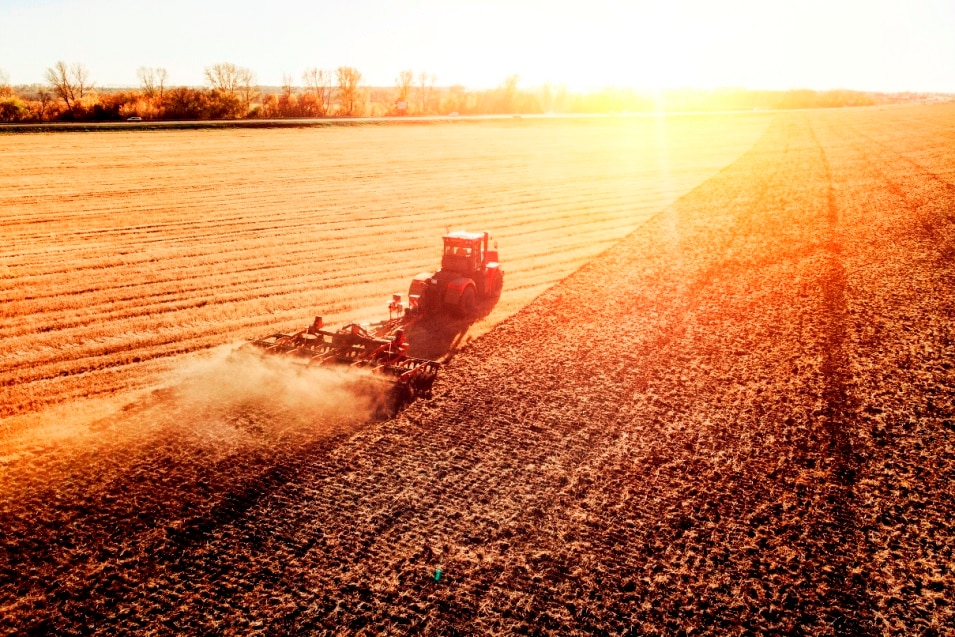Farmers face various uncertainties that can put their agribusinesses at risk if they are not well prepared. Every day, you make decisions that impact on your farming operations, but you cannot accurately predict how every decision will turn out. This creates risks for your business.
Risks can also increase as your farming operation grows. In order to reduce and better anticipate these risks, you should understand what these risks are and what risk management strategies you should incorporate into your agribusiness.

Gerhard Mukuahima, Head of Agribusiness at Standard Bank Namibia.
Risk 1: Production and technical risk
Examples: Rainfall or temperature variability or extreme events, pests, disease outbreak or contamination.
Effects: Lower yields, loss of productive assets or income, or disruption in marketing programme.
The weather, pests and diseases will all impact on the performance of your livestock and crops. Farmers have experienced this first-hand during the recent drought, which forced them to cull productive animals due to insufficient grazing. Besides the lower yield that a drought or reduced rainfall produces, heavy rains can also cause damage to crops, or even wipe them out completely.
Pest outbreaks can also result in major losses of crops and livestock. You cannot accurately calculate how much rain will fall or whether there will be thunderstorms occurring during a planting season. Pests and diseases can also not be predicted and might have a devastating impact on your yield.
Another source of risk during the production stage, is the risk of equipment failure. If your tractor or combine harvester breaks down during the production season, you may not be able to harvest your entire crop in time, which will affect your yield. Similarly, if you’re sharing or hiring equipment, it might not always be available for when you need it.
Risk 2: Price risks
Examples: Low prices, market availability (supply and demand) volatility.
Effects: Lower prices, loss of income guidelines.
The price of anything produced on a farm is affected by the supply and demand for that product, along with the cost of production. Severe drought forces farmers to cull their livestock more frequently, which subsequently increases supply of red meat in the market, and lowering the price of animals at auctions. Conversely, when the supply slows down, the price goes up.
Risk 3: Financial risks
Examples: Loans, interest rate volatility, bad debt.
Effects: Further debt and financial distress.
There are financial risks associated with borrowing to finance your farming operation or acquisitions, particularly with uncertainty in the future of interest rates, lender ability and willingness to continue lending, and your own ability to generate enough income to cover loan repayments.
Lower yields of produce or lower market prices can also contribute to making debt repayments difficult to meet. To avoid financial difficulties or defaulting on loan repayments, borrow
from a bank that best understands your business needs. Should you realise that you can’t honour your repayment obligations, talk to your Relationship Manager as soon as possible.
Standard Bank has various tailormade Bancassurance solutions for the Agribusiness market that will help protect your business against unforeseen losses. Bancassurance is the insurance distribution model where insurance carriers and banks join forces to supply insurance products to customers. Talk to your Relationship Manager or Standard Bank Insurance Brokers for further assistance.
For more information, please visit your nearest branch or e-mail the Standard Bank Agribusiness team Agri.BusinessInfo@standardbank. com.na or visit our website www.standardbank.com.na.









